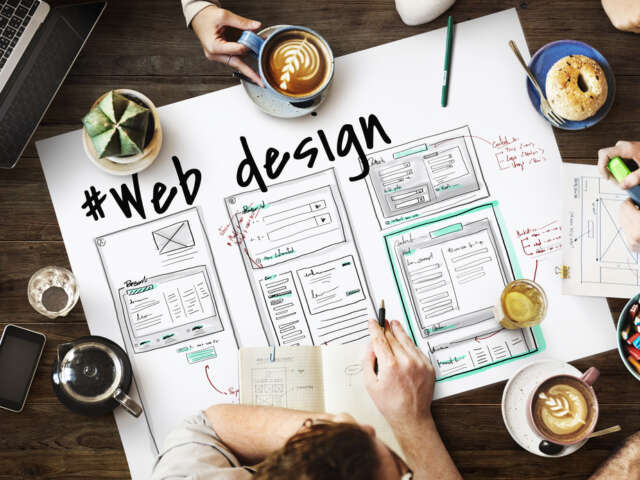In recent years, dark mode has emerged as a popular design trend in the digital landscape. Websites and applications are increasingly incorporating this visually appealing option, allowing users to switch from the traditional light background to a darker, often black, interface. While dark mode undoubtedly offers a sleek and modern aesthetic, it comes with its own set of advantages and disadvantages. In this article, we will delve into the pros and cons of dark mode in web design, exploring its impact on user experience, accessibility, and overall design aesthetics.
The Pros of Dark Mode
1. Reduced Eye Strain:
Dark mode is praised for its ability to reduce eye strain, especially during extended periods of screen time. The lower brightness and contrast can be gentler on the eyes, making it an appealing choice for users who spend significant hours in front of their screens.
2. Battery Savings:
For users on devices with OLED or AMOLED screens, dark mode can contribute to power savings. Since individual pixels emit their own light in these display technologies, a darker interface requires less power compared to a bright, light-themed design.
3. Enhanced Visual Focus:
Dark mode can create a more immersive and focused user experience by minimizing distractions. The darker background allows content and images to stand out, drawing the user’s attention to the forefront elements of the webpage or application.
4. Modern Aesthetic Appeal:
In the realm of design trends, dark mode exudes a sense of modernity and sophistication. Many users find the sleek and stylish appearance of dark-themed interfaces appealing, making it a sought-after choice for designers aiming for a contemporary look.
5. Reduced Glare in Low-Light Environments:
In environments with low lighting, such as during nighttime usage, dark mode proves advantageous by reducing glare. Users can comfortably navigate through content without being blinded by the brightness of a light background.

The Cons of Dark Mode
1. Accessibility Challenges:
One of the primary concerns with dark mode is its impact on accessibility. Some users, especially those with visual impairments, may find it difficult to read content presented in a dark color scheme. Designers must carefully consider contrast ratios and text legibility to ensure inclusivity.
2. Color Representation Issues:
Dark mode can affect the representation of colors, leading to potential issues in conveying information accurately. Certain color combinations may not translate well in a dark-themed environment, impacting the overall user experience.
3. Design Consistency Across Platforms:
Maintaining design consistency across different platforms and devices can be challenging when implementing dark mode. The appearance of a website or application may vary, and designers must invest extra effort to ensure a seamless transition between light and dark modes.
4. Limited Impact on Eye Strain for Some Users:
While many users report reduced eye strain with dark mode, it may not be a universal solution. Individual preferences and visual sensitivities vary, and some users may not experience significant benefits in terms of eye comfort.
5. Increased Development Complexity:
Implementing dark mode requires additional development efforts and resources. Designers and developers need to account for both light and dark design elements, increasing the complexity of the development process.
Conclusion: Balancing the Dark and Light
In conclusion, the pros and cons of dark mode in web design highlight a nuanced landscape where aesthetics, functionality, and accessibility intersect. While dark mode offers undeniable benefits such as reduced eye strain and enhanced visual focus, it also presents challenges related to accessibility and design consistency. The key lies in striking a balance, ensuring that the chosen design caters to a broad audience while staying true to the brand’s identity.
As web design continues to evolve, the debate over dark mode’s merits will persist. Designers must consider user preferences, accessibility standards, and the overall brand image when deciding whether to embrace the dark side. Ultimately, a thoughtful approach to design, considering both the pros and cons, will result in a user-friendly and visually stunning digital experience. If you found this article useful, you may also visit website designer NJ to read more about web design.

